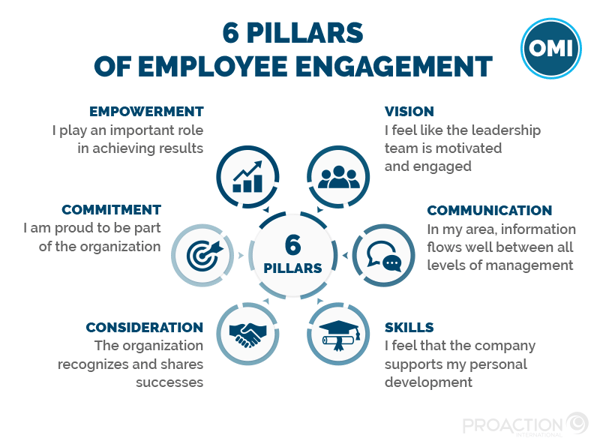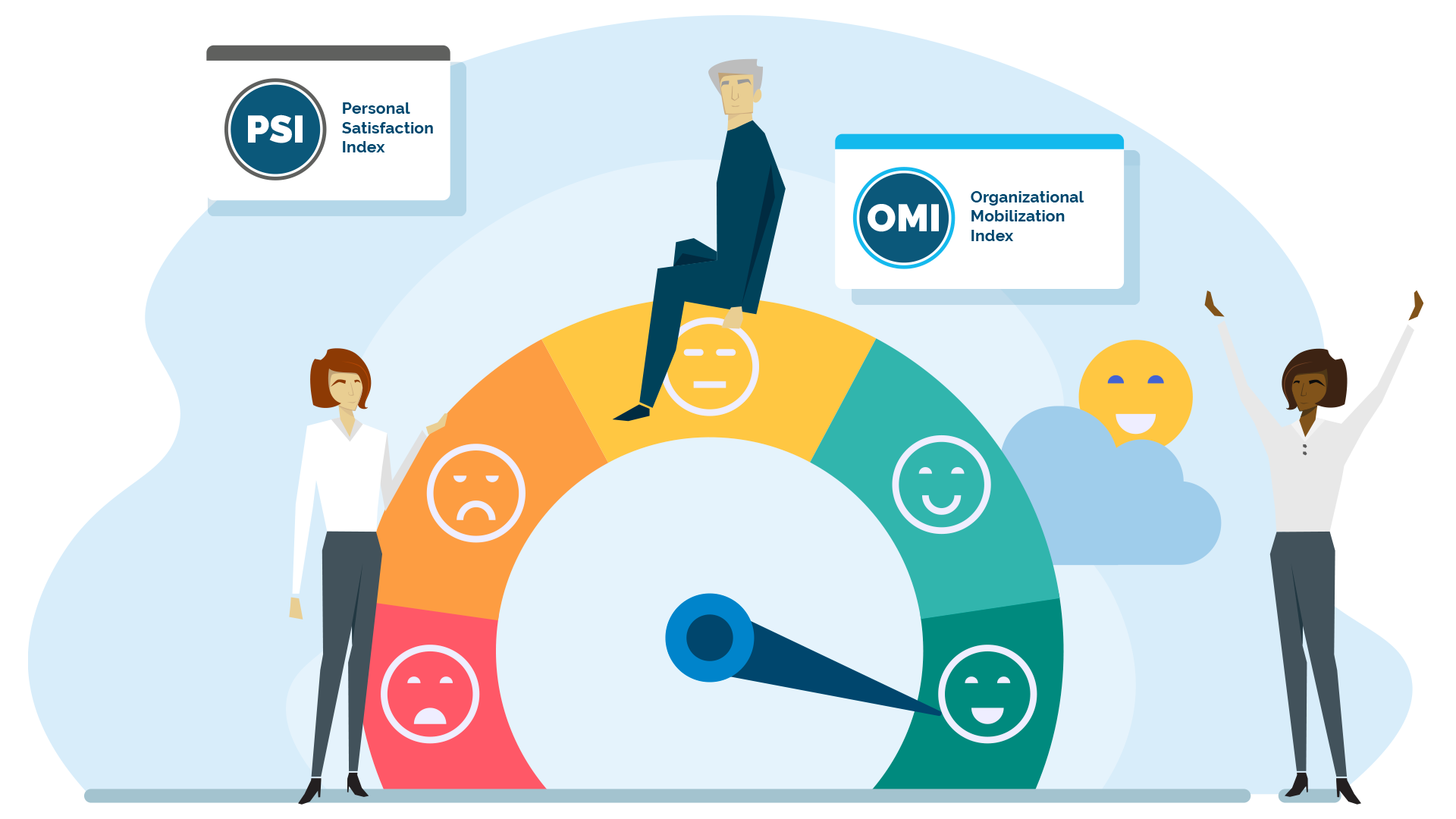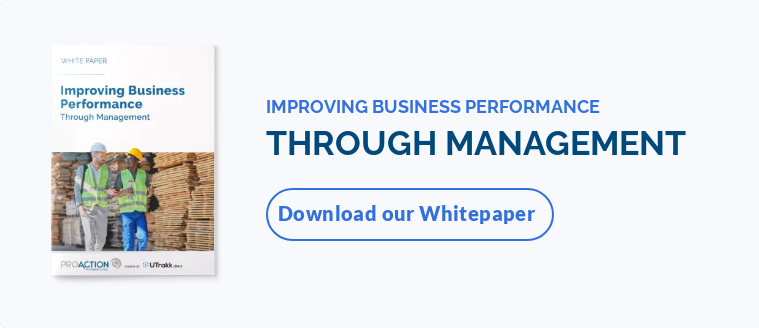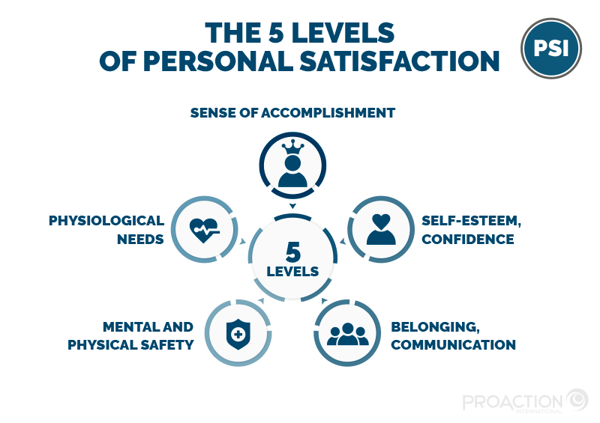What is employee engagement?
Engagement or mobilization - in human resources - refers to the commitment, the emotional and intellectual involvement of employees towards their organization. In other words, it is about understanding whether their presence in the workplace is meaningful to them, both in their minds and in their hearts (emotions).
It relies mainly on employee experience and managers’ ability to create fullfilling and healthy work environments.
What is the impact of employee engagement on productivity?
A Gallup study has shown that engaged employees can increase productivity by as much as 20% in their team and organization, which means higher profitability.
From a different perspective, employee disengagement has well-documented effects on organizational performance:
- 49% higher accident rate*
- 60% higher error and defect rate
- 37% higher absenteeism rate
*Figures from Queens School of Business and Gallup.
A positive company culture that promotes employee satisfaction is a win-win business strategy.
Moreover, organizations with highly engaged employees have a much lower turnover rate. A valuable advantage in times of labor shortages.
Why should you measure employee engagement?
Measuring employee engagement allows for the development of action plans to leverage strong mobilization through promising projects and the organizational culture or, otherwise, to stimulate it.
Engagement can be measured for a specific group – or the entire organization – to take a snapshot of employee well-being at a given time.
To capture the full potential of an organization, all employees must be mobilized. And to achieve this, the first-level supervisor has an important role to play. It was clear to us that we had to offer them a helping hand to fully understand their contribution and get the best out of the organization. That was the natural next step for us.
- Jean Piette, A220 Operations Manager, Airbus Mirabel
You can also evaluate each manager’s state of mind to help them voluntarily adopt a leadership mindset to act as a catalyst for change and help the organization and its performance evolve.
Like performance indicators, the Organizational Mobilization Index (OMI) and the Personal Satisfaction Index (PSI) are metrics that make this possible.
Finally, it is the social responsibility of organizations to offer their employees and managers a safe and stimulating environment. Evaluating their engagement and their state of mind is the starting point.
How to measure employee engagement with the Organizational Mobilization Index (OMI)
One way to measure the ability of an organization's managers to mobilize their teams and keep the organizational culture alive is to regularly conduct employee engagement surveys. It allows getting metrics on employee well-being and engagement.
This pulse survey is based on six main factors to measure engagement.
The 6 factors for employee engagement
- Empowerment: every employee needs to understand their impact on the end product and the company's performance. An empowered employee has the ability and the willingness to participate in decisions and to show initiative.
- Vision: managers clarify the organization's vision and strategy and prioritize human relations so that teams understand and contribute to the organization's commitments to its employees, customers, community, environment, etc.
- Communication: information must circulate between all levels of the hierarchy, and the manager is the transmission belt. Therefore, managers inform their team members, share with them and listen to them.
- Competence: to be willing to commit, employees must feel that the organization supports them in developing their potential. Managers must develop the skills, attitudes, and empowerment of their team members.
- Consideration: how well employees are recognized, encouraged, and valued by their immediate manager and the organization as a whole.
- Mobilization: an engaged employee is proud to be part of the organization. They become ambassadors for the company and exceed expectations by putting their hearts into their work to allow the company to reach its purpose.
Are most employees engaged?
The benchmark for employee engagement levels across all industries is approximately 63%.
More significant than the number, however, are the two questions at the root of the Organizational Mobilization Index. It gets employee feedback on the following:
- What is important to them
- Is the organization doing it well?
Few companies conduct their annual engagement surveys with the objective of finding out what is important to them in the organizational culture.
They may spend years on efforts that will never achieve the desired results in employee engagement.
Since mobilization is greatly influenced by managers’ actions or inactions (direct leadership), the OMI allows for the identification of simple yet engaging actions that will help prioritize behaviors and best management practices to be adopted or developed by managers. This initiative, in addition to being appreciated, can pay off in terms of performance and employee retention.
How to measure manager engagement with the Personal Satisfaction Index (PSE)
The Personal Satisfaction Index (PSI) measures whether managers themselves are engaged and in the right state to take on their roles with their team.
By evaluating 5 levels of individual mobilization, the PSI allows us to identify any weaknesses or points of imbalance causing disengagement in each manager. This helps prioritize the efforts to be made to enable managers to reach a more favorable state to drive the organization's performance.
NOTE: This index is a human resources management tool to ensure managers’ well-being of managers, their state of mind, and their conditions for success.
It is used to prioritize efforts to help each person feel better about their role and the organization.
The 5 levels of personal satisfaction
1. Sense of accomplishment
People need fulfillment, development, and, above all, the belief that they have exceptional potential.
The measure of the manager's sense of accomplishment reflects the potential to reach the best of their self-fulfillment.
2. Self-esteem, confidence
Related to one’s ability to recognize their value is the degree to which someone trusts their judgment and abilities.
A self-confident person shares knowledge.
A person who is confident in their abilities and knows that others can trust them demonstrates autonomy in their decisions and positively influences colleagues.
3. Belonging, communication
A good leader listens attentively, speaks constructively, and positively encourages their colleagues.
If the manager enjoys their job and feels accepted and involved in their organization, they will be a powerfully positive leader to their team and the company.
NOTE: A sense of belonging and the desire to lead are two very different concepts.
Assessing employees’ sense of belonging and communication can also identify whether a person is holding themselves back from success by sabotaging their potential out of guilt about their position in relation to other team members.
4. Mental and physical safety
Both physically and psychologically, people need security and balance to perform well.
In a situation of insecurity, the focus is on fear or need rather than courage, calm, and stability. Indeed, how can one make good decisions and adopt a proactive attitude when they are afraid, for example, of losing their job at any moment?
5. Physiological needs
Physical and climatic conditions are the foundations of any human's comfort, well-being, and health.
Can they physically function, feed themselves, move, stay hydrated, breathe, etc.?
The employee or manager is, first and foremost, a flesh and blood person whose body (and mind) has needs to function.
Some examples of physiological deficiencies at work:
- Room temperature too cold or too hot
- Limited access to water
- Poor air quality or lack of ventilation
- Lack of lunch breaks
- Inability to stretch and move during breaks
- Poor workstation ergonomics
What is the benchmark for manager satisfaction?
After assessing the PSI of more than 16,000 managers, Proaction International found that the average Personal Satisfaction Index score for people in management positions is 78%.
The threshold for aspiring to a balance that favors learning and growth is 90%.
There is room for improvement, and it is up to executives to ensure that they provide a safe environment that meets the physical, intellectual, and emotional needs of managers to foster their engagement and commitment.
The difference between engagement and mindset
Engagement is the result of a set of conditions, while mindset is a choice.
Although one cannot become engaged simply by wanting it very badly, everyone has the power to determine their own mindset. Indeed, mindset is the way we choose to look at our life, professional or otherwise.
Do I have the willpower, the ability to step back and reframe myself to be in the right mental state to be at my best today, tomorrow, every day? - Michel Coupal, Director of Research and Development, Proaction International
By admitting the impact we hold on ourselves and the people around us, it becomes possible to stand out as a manager. The same applies to organizations.
FAQ - Employee engagement
What is employee engagement?
+Employee engagement is the level of commitment, passion, and loyalty that employees have towards their work, as well as the extent to which they feel connected to and motivated by their company's mission, values, and vision.
Why is measuring employee engagement important?
+Measuring employee engagement is crucial because it helps managers and HR professionals to identify areas where employees are engaged or disengaged and to take necessary actions to improve employee morale and retention. Engaged employees tend to be more productive and creative and provide better customer service, among other benefits.
What are some common methods of measuring employee engagement?
+There are several methods for measuring employee engagement, including:
- Employee surveys - These can be administered annually or bi-annually and give employees a chance to provide feedback on their job satisfaction, communication with management, work-life balance, and overall engagement level.
- 1-on-1 interviews with employees - This allows managers to dive deeper into individual employee feedback and identify specific areas of concern or where improvement is needed.
- Focus groups - This allows managers to gather insights from groups of employees on specific topics related to employee engagement.
What are some ways to improve employee engagement?
+Improving employee engagement can be done in several ways, including:
- Encouraging employee feedback and taking action on it
- Offering professional development opportunities and growth paths
- Providing recognition and rewards for good work
- Fostering strong relationships between employees and management
- Empowering employees to have a voice and take ownership of their work
- Measuring and improving employee engagement is critical for the health and success of any business.
Do you need any help to evaluate your teams' engagement?
Proaction International's experts can guide you through this awareness, accompanying you in measuring engagement at all levels of your organization. Give your managers the helping hand they need to become leaders who create an engaging and high-performance environment for their teams through best management practices.
Proaction International
Proaction International relies on people, equipped with appropriate technology, as the driving force behind the performance and competitiveness of organizations. Proaction International's experts offer support based on coaching and training of teams, optimization of tools and processes, and digitalization of management via the UTrakk DMeS application, which promotes good management behavior.









